Top 10 Countries With The Highest Agricultural Output
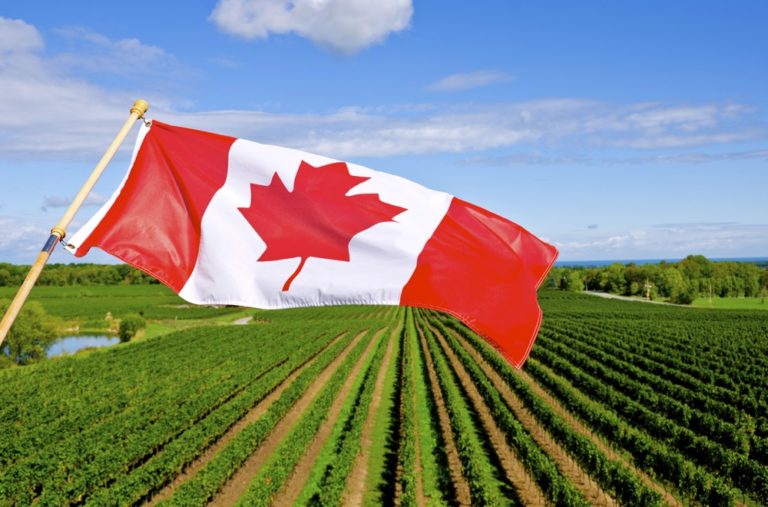
Agriculture is a vital sector that serves as the backbone of economies worldwide, providing food, employment, and raw materials. The productivity and output of agricultural sectors vary across countries, influenced by a range of factors such as natural resources, technology, climate, and government policies. This article explores the top 10 countries with the highest agricultural output, shedding light on their agricultural practices and the key drivers behind their success.
The agricultural sector plays a crucial role in feeding growing populations and ensuring food security. As global challenges such as climate change, population growth, and resource scarcity intensify, understanding the countries at the forefront of agricultural production becomes increasingly important. These nations have demonstrated exceptional productivity and innovation, showcasing best practices that can inspire and guide other countries seeking to enhance their agricultural capabilities.
By examining the leading agricultural producers, we can identify the strategies, technologies, and policies that have enabled them to achieve remarkable results. These countries have harnessed their unique resources, implemented cutting-edge farming techniques, and fostered an environment conducive to agricultural growth. Moreover, their success can be attributed to a combination of factors, including favorable climatic conditions, advanced infrastructure, research and development investments, and supportive government initiatives.
Through an exploration of the top 10 countries with the highest agricultural output, we can gain insights into the diverse approaches and lessons that contribute to their sustained success. This knowledge can inform and inspire policymakers, researchers, and farmers worldwide as they strive to address the challenges of feeding a growing global population in a sustainable and efficient manner.
Top 10 Countries with the Highest Agricultural Output
- China
- United States
- India
- Brazil
- Russia
- Indonesia
- Japan
- Germany
- France
- Canada
1. China
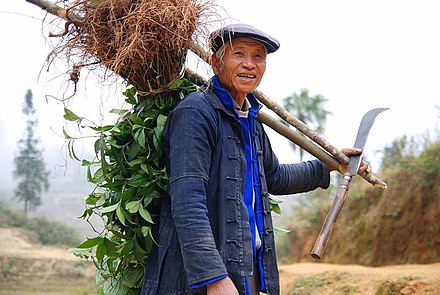
China, with its vast land area and large population, has emerged as a global agricultural powerhouse. It leads the world in terms of agricultural output, producing a wide range of crops, including rice, wheat, corn, and vegetables. China has achieved remarkable productivity gains through advanced farming techniques, irrigation systems, and mechanization. Furthermore, the government's policies, such as subsidies and investment in research and development, have played a crucial role in boosting agricultural production.
2. United States

READ ALSO » Nations With The Greatest Agricultural Output In The World
The United States has a highly efficient and technologically advanced agricultural sector. With its favorable climate, extensive farmland, and advanced farming practices, the U.S. ranks among the top agricultural producers globally. The country is known for its large-scale production of corn, soybeans, wheat, and livestock. The adoption of genetically modified organisms (GMOs), precision agriculture, and mechanization has significantly contributed to the country's agricultural productivity.
3. India
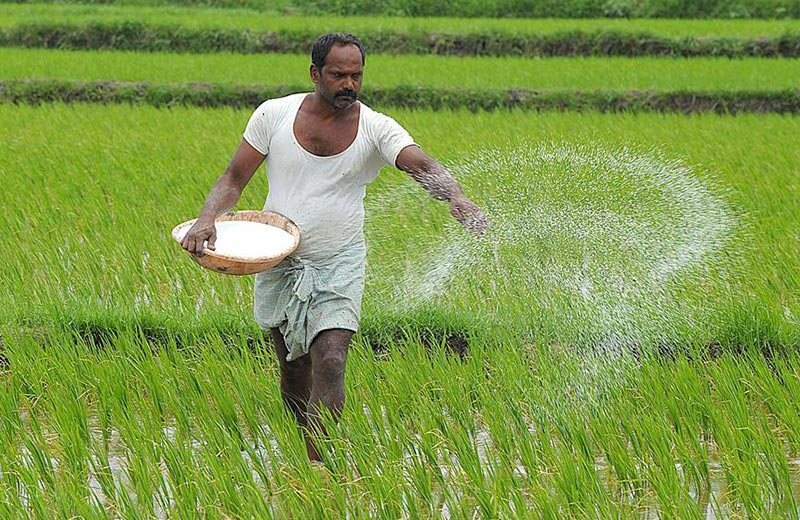
India, with its diverse agro-climatic conditions, is an agricultural powerhouse. The country's agriculture is characterized by small-scale farming, with millions of farmers involved in crop cultivation. India's major crops include rice, wheat, cotton, sugarcane, and pulses. Although facing challenges such as fragmented landholdings and water scarcity, India's agricultural output remains high due to technological advancements, government support, and the resilience of its farmers.
4. Brazil
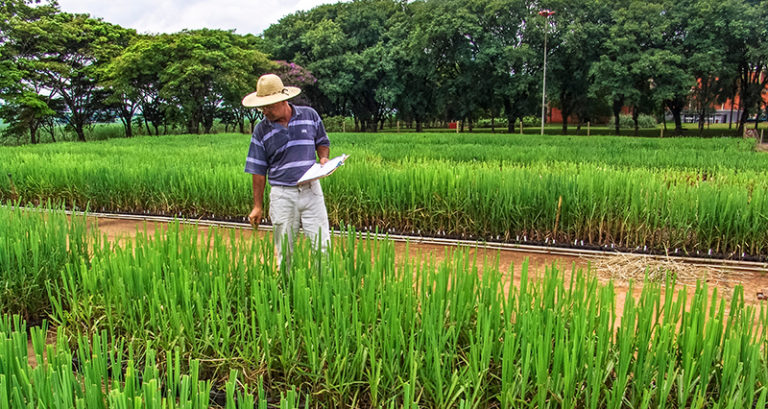
Brazil possesses vast agricultural resources, including fertile soil and favorable climate, which contribute to its agricultural prowess. The country is a leading producer of soybeans, sugar cane, coffee, beef, and poultry. Brazil's success in agriculture can be attributed to large-scale commercial farming, mechanization, and significant investments in research and development. Additionally, its agricultural industry benefits from abundant water resources and advanced irrigation systems.
5. Russia
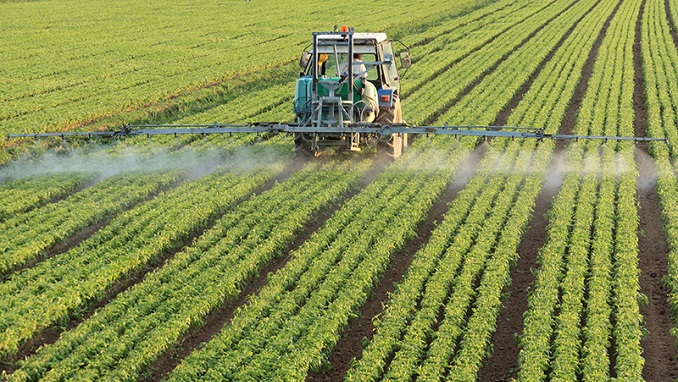
Russia's agricultural sector has experienced significant growth in recent years. The country has substantial arable land resources and a favorable climate for crop cultivation. Russia's primary crops include wheat, barley, potatoes, and sunflower seeds. The government has implemented policies to promote agricultural development and increase self-sufficiency. Technological advancements and improved infrastructure have also contributed to Russia's agricultural output.
6. Indonesia
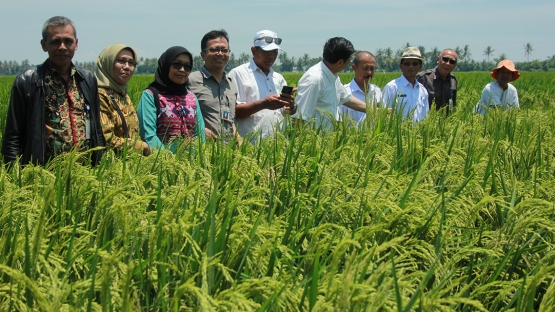
Indonesia, with its large population and extensive agricultural resources, ranks among the top agricultural producers globally. The country is renowned for its production of palm oil, rubber, cocoa, and rice. Smallholder farmers play a crucial role in Indonesia's agriculture, and the government has implemented programs to support their productivity and access to markets. Additionally, sustainable agricultural practices are being promoted to ensure long-term productivity and environmental conservation.
7. Japan
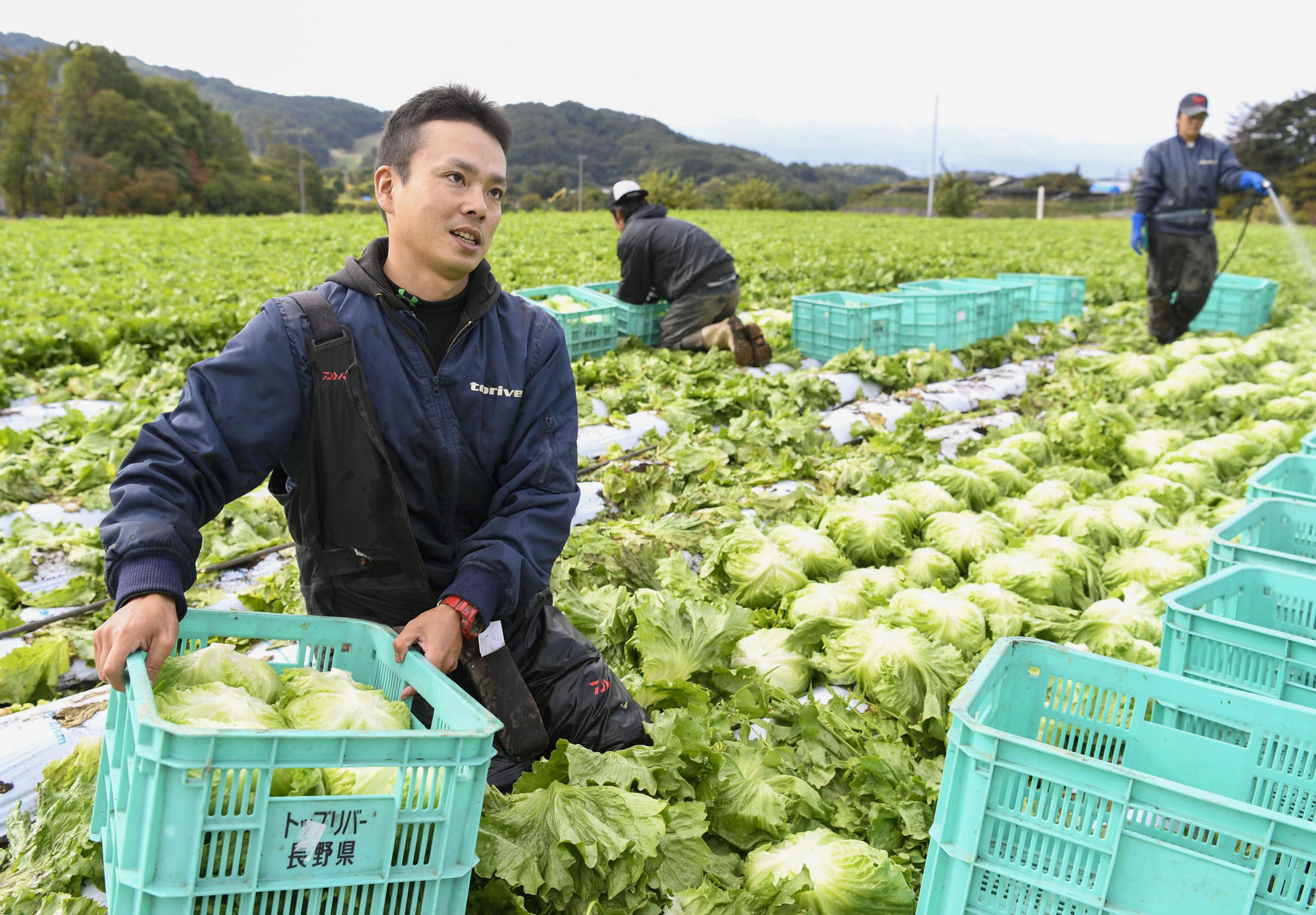
Japan has a highly efficient and technologically advanced agricultural sector, despite limited arable land availability. The country is known for its precision farming techniques, high-quality produce, and advanced agricultural machinery. Japan's primary crops include rice, vegetables, and fruits. The government has implemented policies to support domestic agriculture, improve rural livelihoods, and ensure food security. The country's emphasis on quality and safety has made its agricultural products highly sought after.
8. Germany

Germany, with its advanced agricultural practices and modern farming techniques, ranks among the top agricultural producers in Europe. The country's primary crops include wheat, barley, potatoes, and sugar beets. Germany is known for its precision agriculture, where technology such as satellite imagery, drones, and GPS systems are utilized to optimize crop production and minimize environmental impact. Germany's agricultural sector also benefits from strong research and development efforts, sustainable farming practices, and efficient supply chain management.
9. France
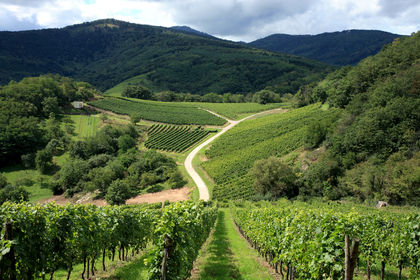
READ ALSO » Top 10 Highest Agricultural Producing States In Nigeria
France is renowned for its agricultural traditions and high-quality produce. The country's diverse climate and fertile soils support a wide range of crops, including wheat, corn, grapes, and dairy products. French agriculture is characterized by a mix of large-scale commercial farming and small family-owned farms. The government provides substantial support to farmers through subsidies, rural development programs, and agricultural education. France's commitment to sustainable agriculture and preservation of traditional farming practices contributes to its agricultural success.
10. Canada
Canada, with its vast land area, favorable climate, and advanced agricultural practices, is a major player in global agricultural markets. The country is known for its production of wheat, canola, barley, and beef. Canada's agriculture benefits from modern farming techniques, such as precision agriculture and advanced irrigation systems. Additionally, the government's investments in agricultural research, infrastructure, and trade promotion have contributed to the sector's growth.
In conclusion, The top 10 countries with the highest agricultural output showcase the diversity of factors that contribute to their success. These nations have harnessed their agricultural resources, implemented advanced farming techniques, and benefited from supportive government policies. Factors such as favorable climate, extensive farmland, technological advancements, research and development, and sustainable farming practices have played crucial roles in driving agricultural productivity.
It is important to note that agricultural output is influenced by various factors beyond the scope of this article, such as population size, dietary preferences, market demands, and global trade dynamics. Nevertheless, the countries mentioned in this article have consistently demonstrated their ability to maximize their agricultural potential and contribute significantly to global food production.
As the world's population continues to grow and food security remains a pressing issue, these countries serve as valuable examples of successful agricultural practices that can be adopted and adapted by other nations seeking to enhance their agricultural productivity and ensure a sustainable food supply for their populations.
